What if your next breakthrough wasn’t hiding in a cutting-edge algorithm but in a brain wired a little differently? In a tech landscape obsessed with finding the elusive "next big thing," many organizations are overlooking one of their most powerful sources of innovation: neurodiversity. While diversity initiatives have become standard practice in the tech industry, the enormous potential of neurodivergent talent remains largely untapped. This is despite growing evidence that different cognitive styles are exactly what companies need to stay competitive in our rapidly evolving digital world.
The Hidden Innovation Engine
The numbers tell a compelling story. According to a study by US-based Drexel University, nearly 58% of young adults with autism are unemployed, despite many being highly intelligent, well-educated, and eager to work. Meanwhile, the tech industry faces critical talent shortages in STEM fields – the very areas where many neurodivergent individuals can potentially excel.
This disconnect represents not just a social failure, but a massive missed business opportunity.
As JPMorgan Chase discovered through their "Autism at Work" initiative, neurodivergent employees were 90% to 140% more productive than neurotypical employees in certain roles. Similarly, Hewlett Packard Enterprise found their neurodiverse teams were 30% more productive than others. These aren't minor improvements – they are game-changing performance differentials.
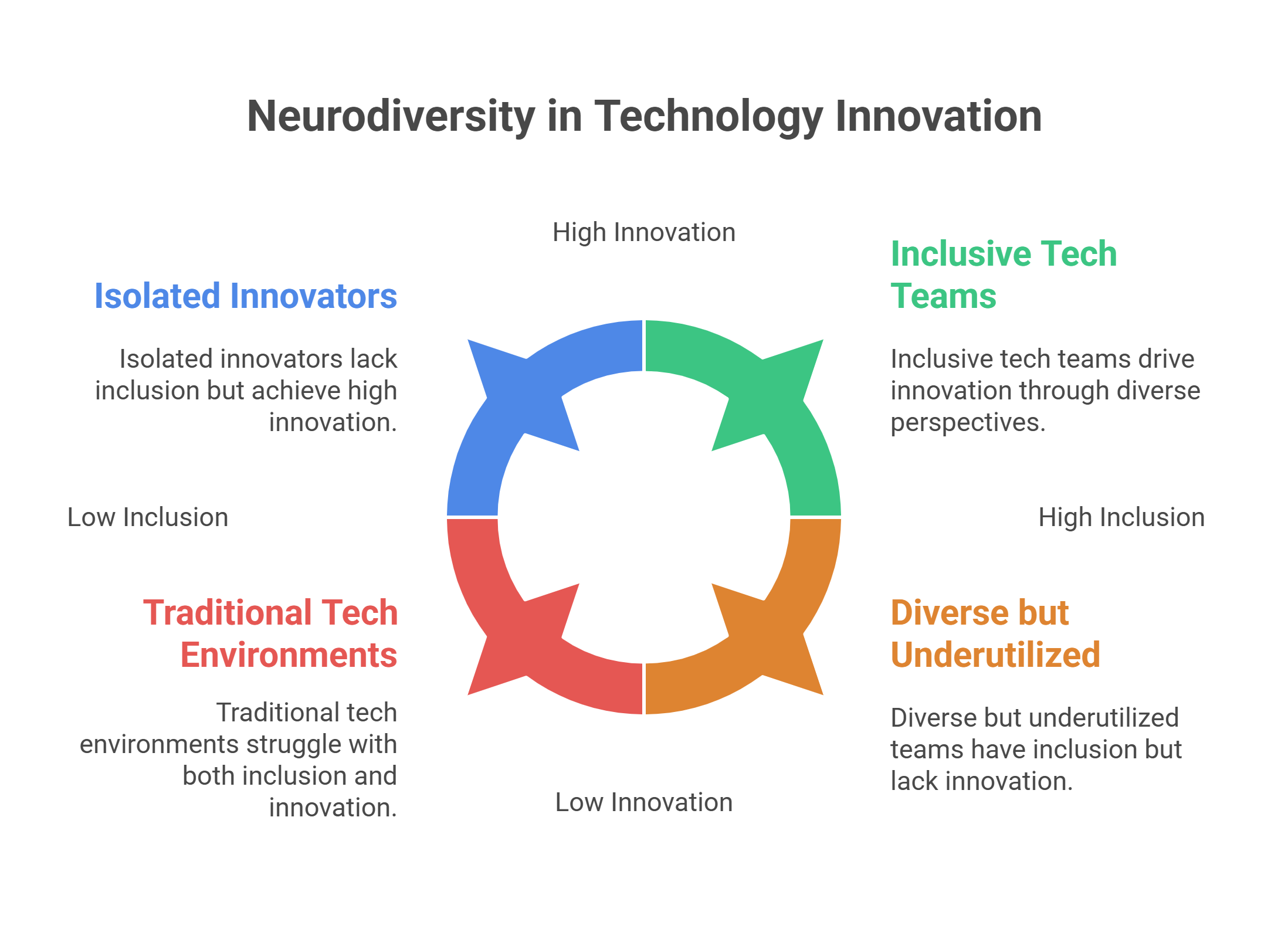
The Cognitive Diversity Advantage
What makes neurodivergent minds so valuable in tech? The answer lies in how they approach problems. Steve Jobs, who was dyslexic, leveraged his visual thinking abilities and creative approach to transform not just Apple but the entire technology landscape. His famous "Think Different" campaign wasn't just marketing; it reflected his own neurodivergent perspective that led to revolutionary products.
Similarly, Dr. Larissa Suzuki, an award-winning computer scientist working as Technical Director at Google, has acknowledged how her autism has been instrumental to her success.
The Critical Blind Spot
Despite this progress, many enterprises treat neurodiversity as an HR checkbox - diversity theatre with little real integration. But here’s the rub: neurodiverse teams don’t just think differently - they think differently together. When neurodiverse and neurotypical minds collaborate effectively, the results can be transformative. Think of it as “cognitive cocktail” - structured brilliance with bursts of improvisation, leading to more resilient code, inclusive products, and user-centric design. However, true innovation demands more than hiring. It requires neuro-inclusive cultures, adaptive workflows, and bias-aware leadership. Without that, even the best hires burn out or leave.

The Future Is Neurodiverse by Design
Imagine R&D labs optimized for sensory needs. Agile teams that value deep-focus over standups. AI solutions built by minds who naturally spot patterns the rest of us miss. In an era where innovation velocity defines market leadership, ignoring neurodiversity is not just a missed opportunity, it’s a competitive liability.
Who knows the next unicorn idea might just come from someone who never fits into a standard interview, yet redefines your future.
My opening thoughts for the future- Start with inclusion. Scale with integration. Win with innovation. Let’s rewire the tech industry to embrace neurodiversity and digital transformation not as separate goals, but as two sides of the same disruptive coin.

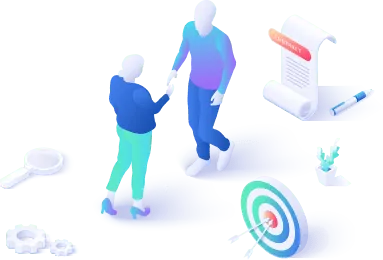
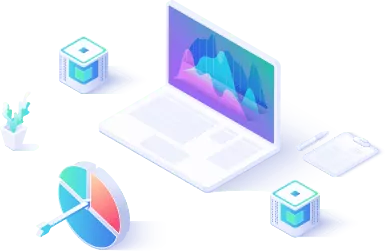

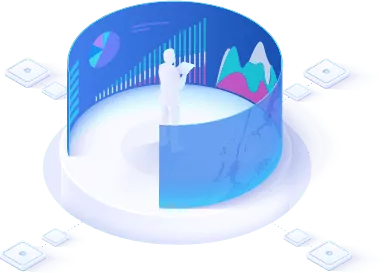
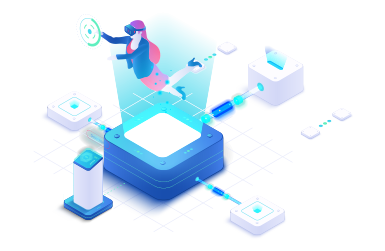











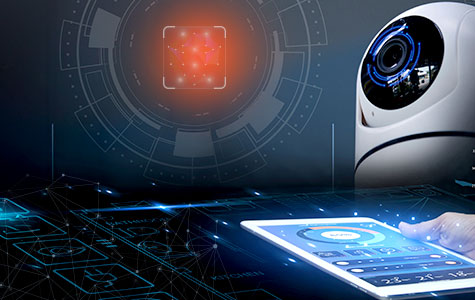




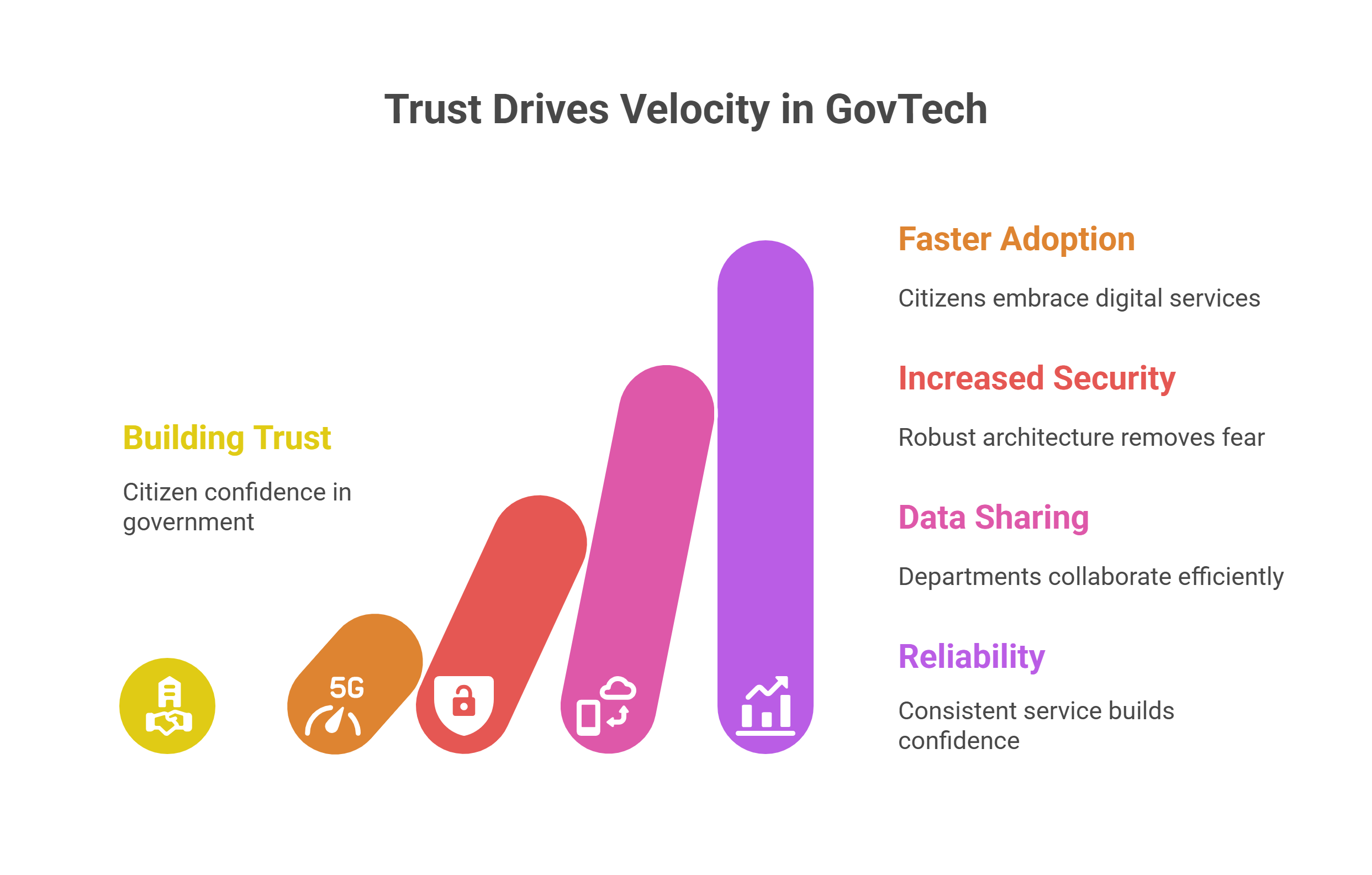
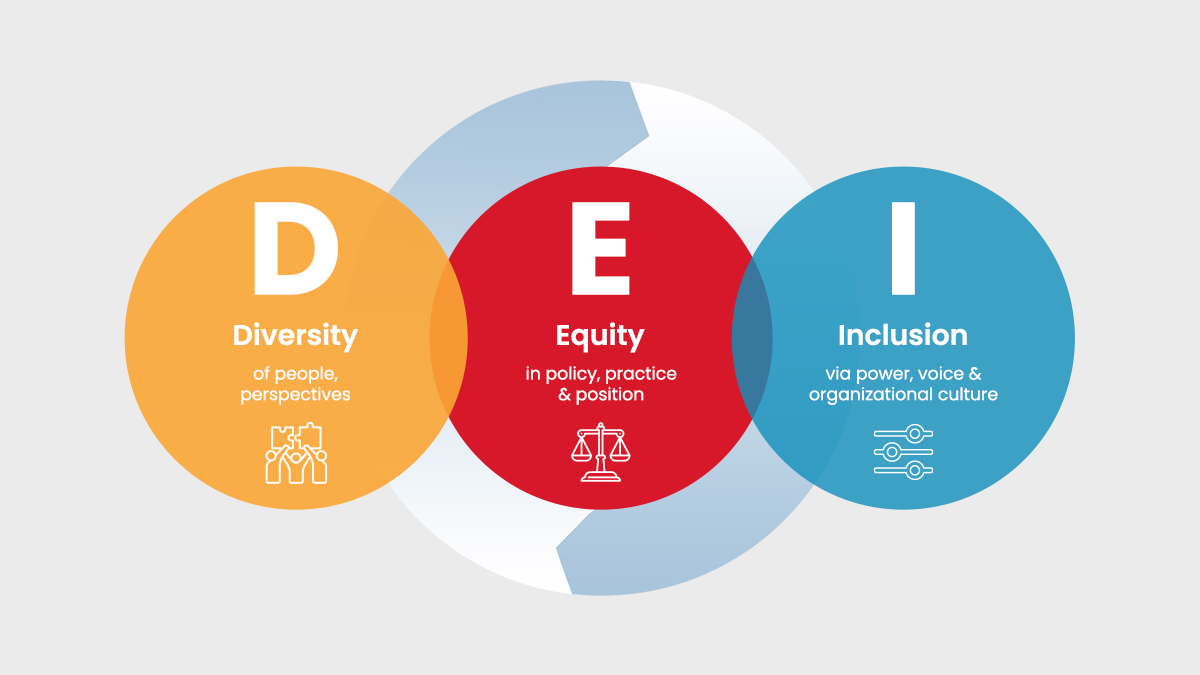


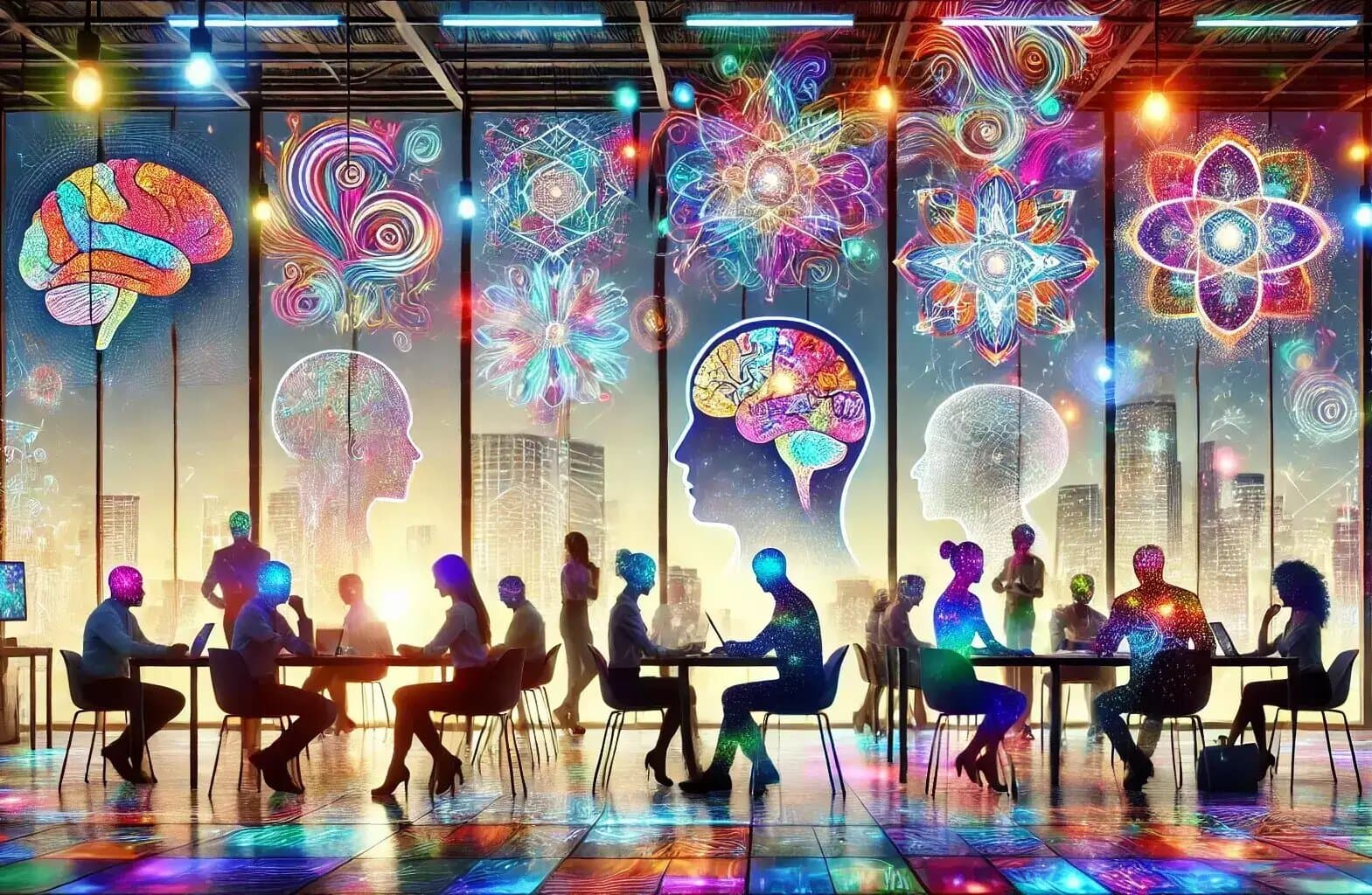
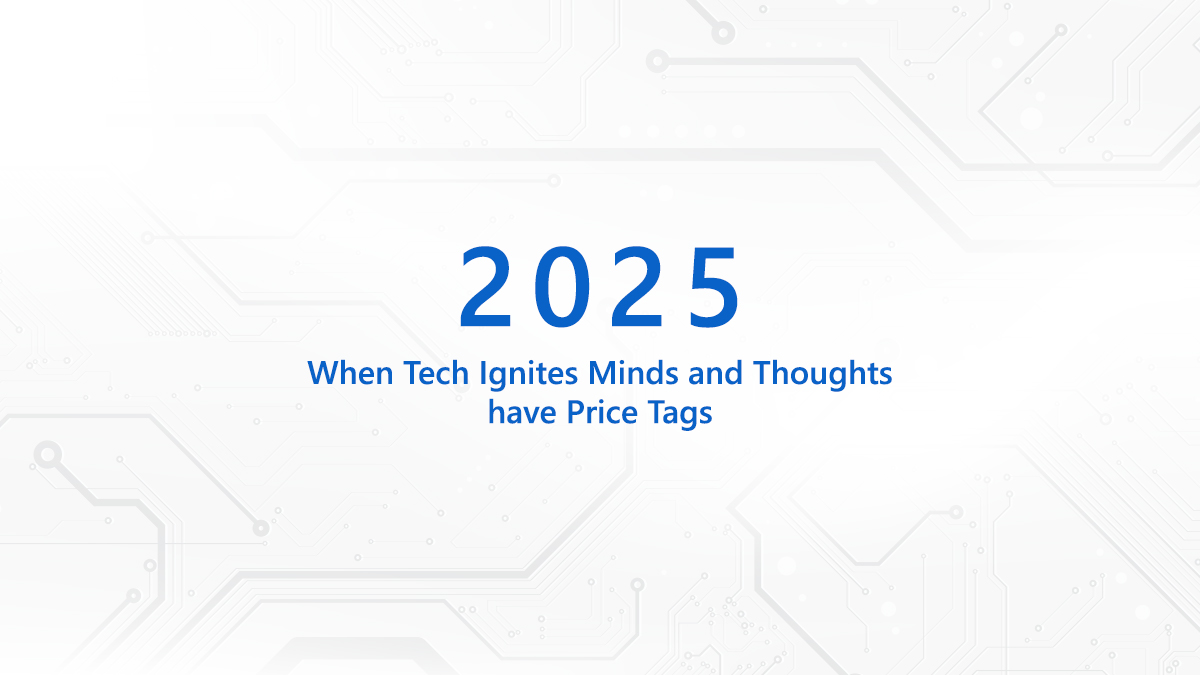

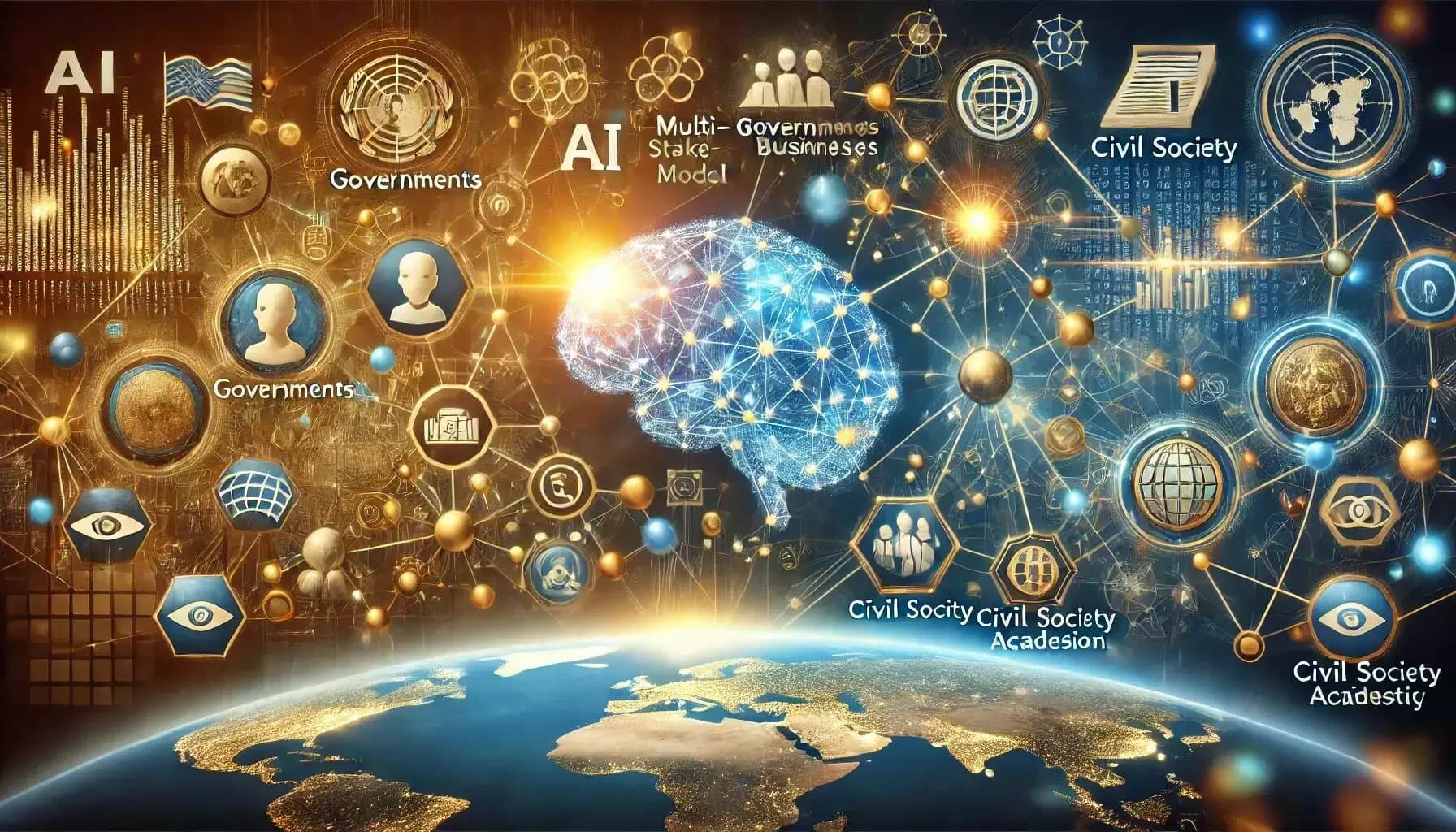

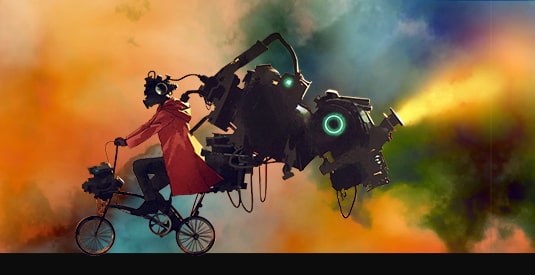



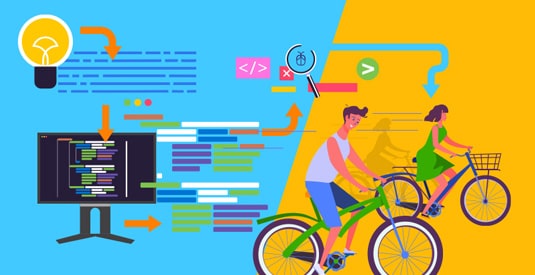

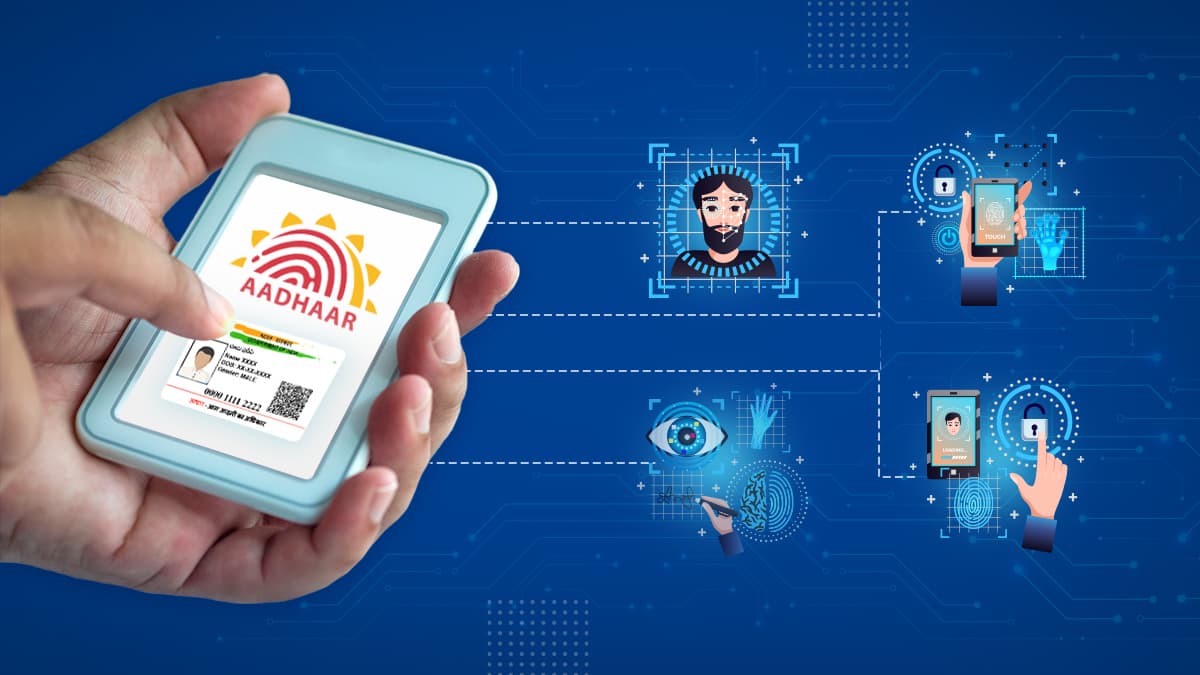

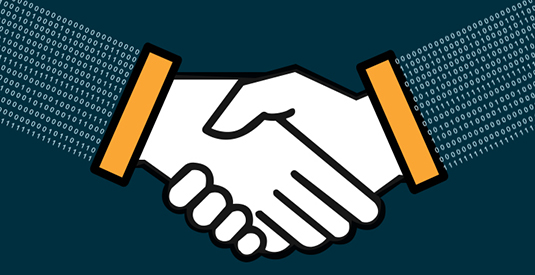
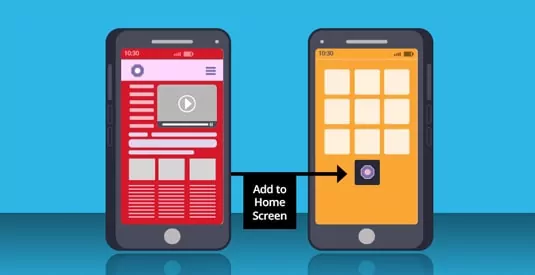

We will verify and publish your comment soon.